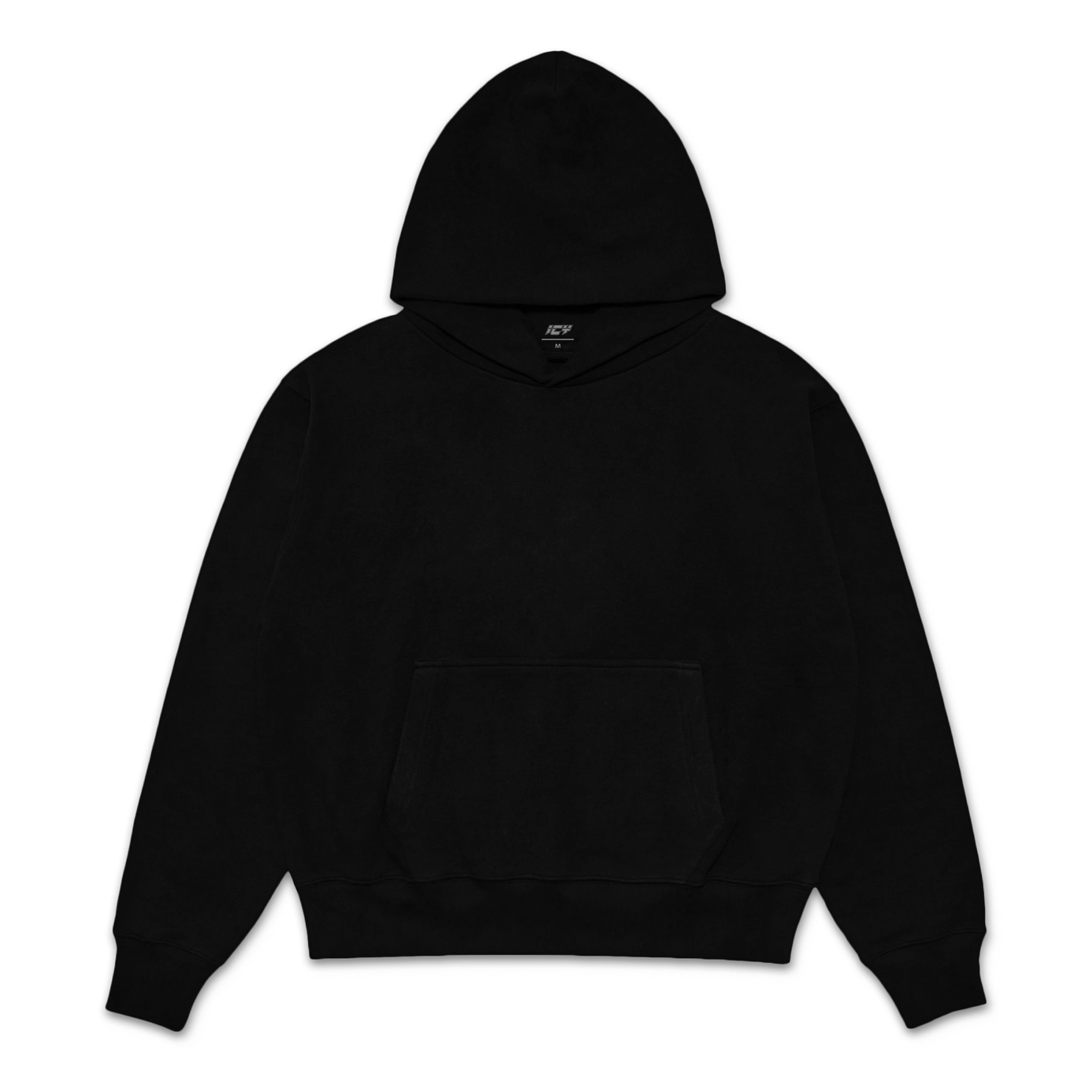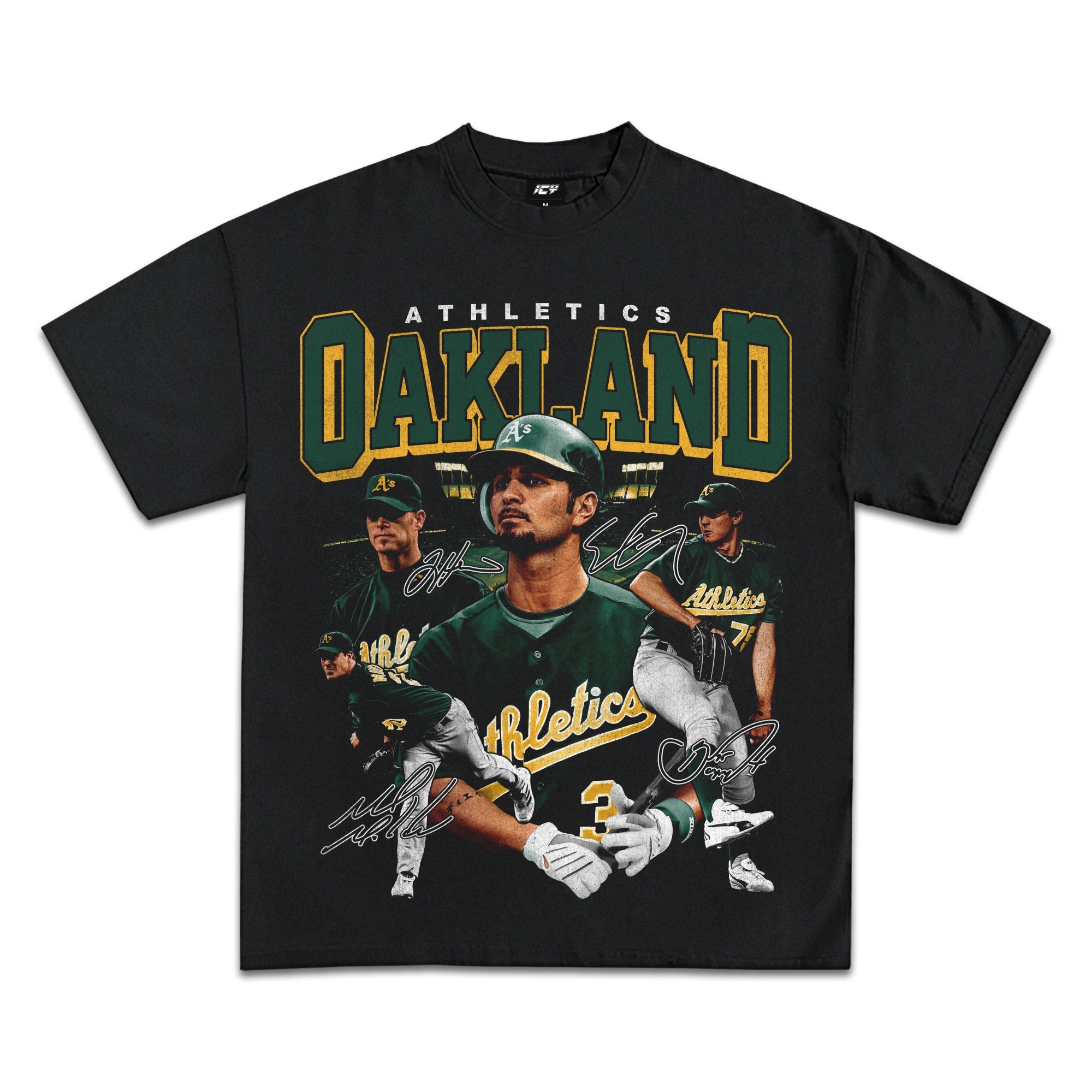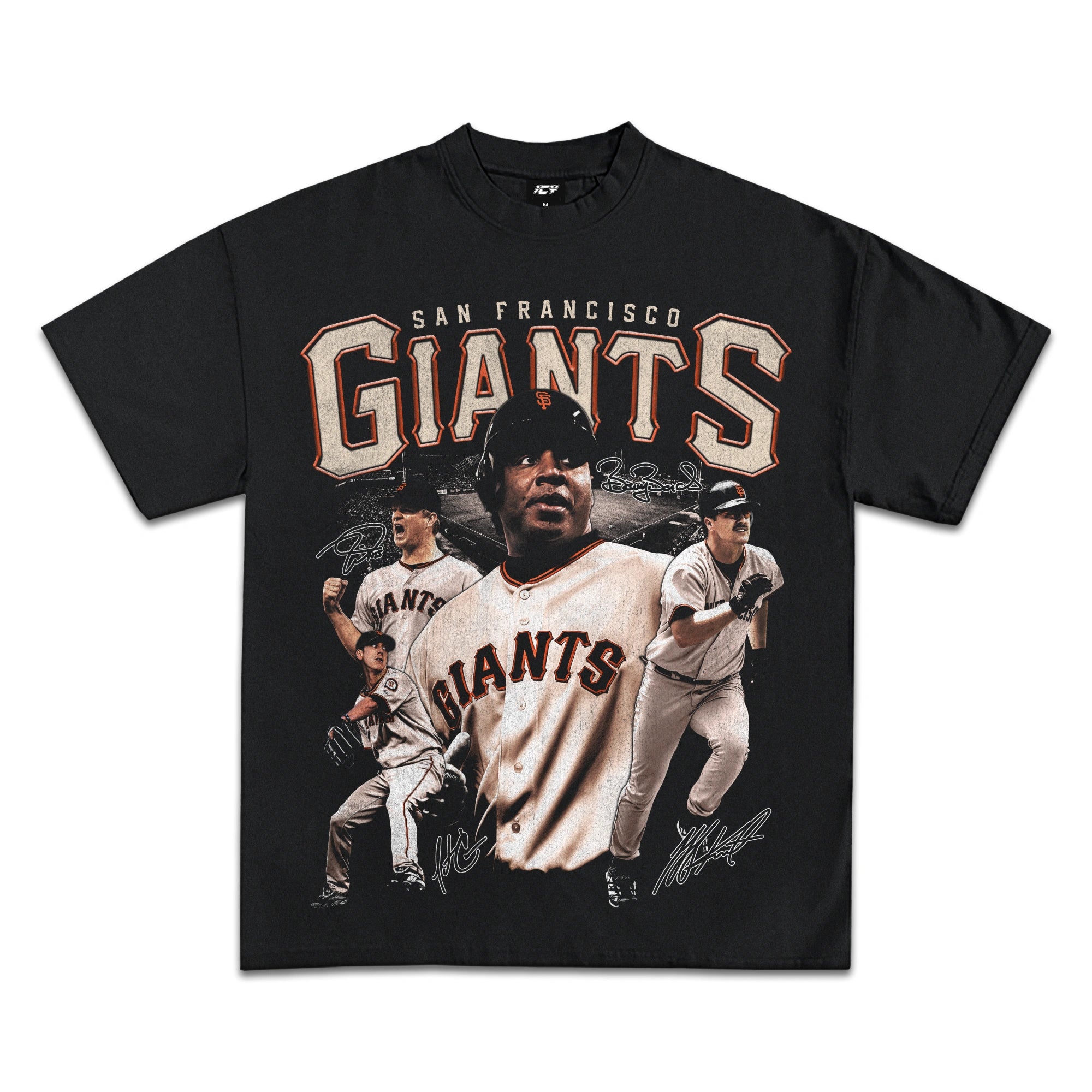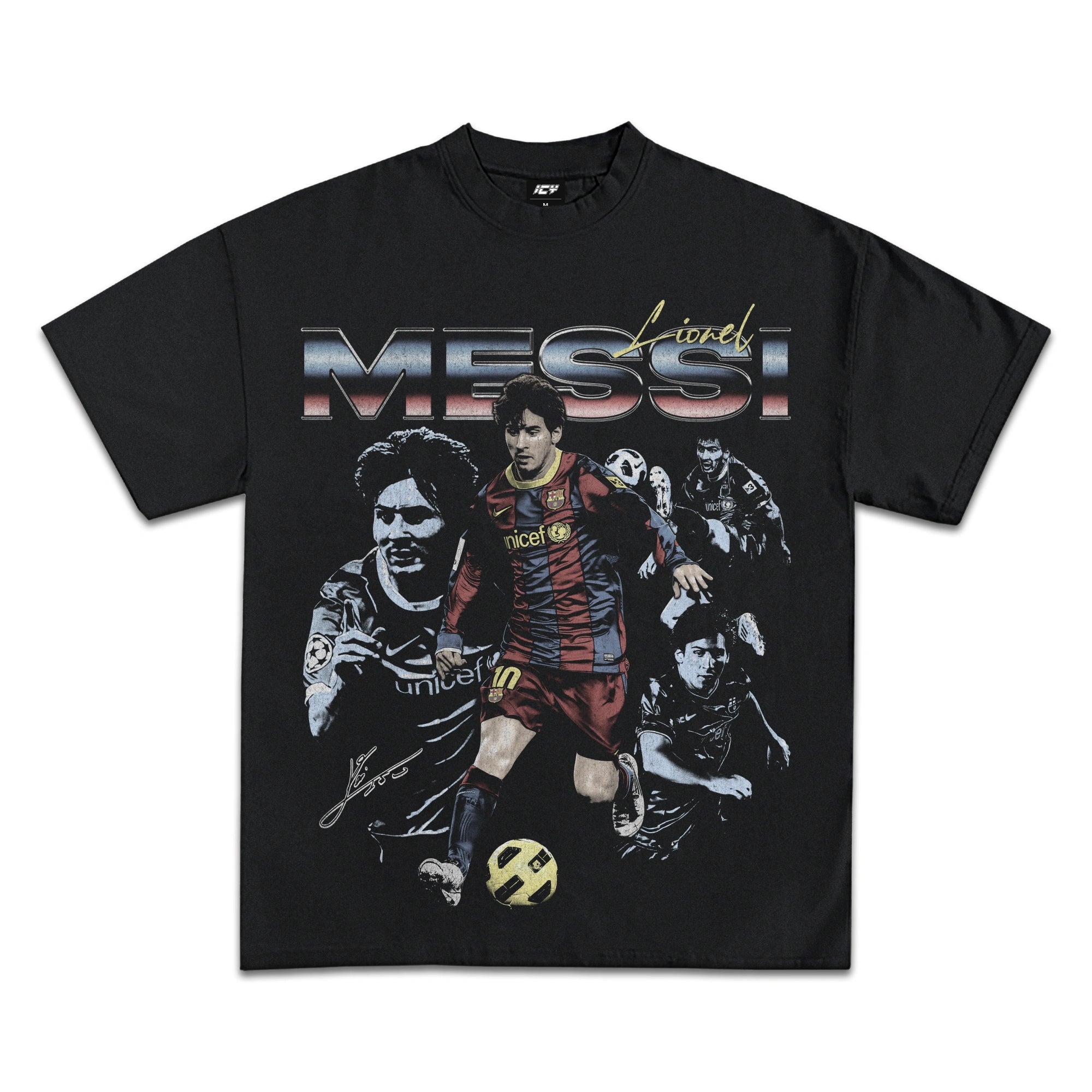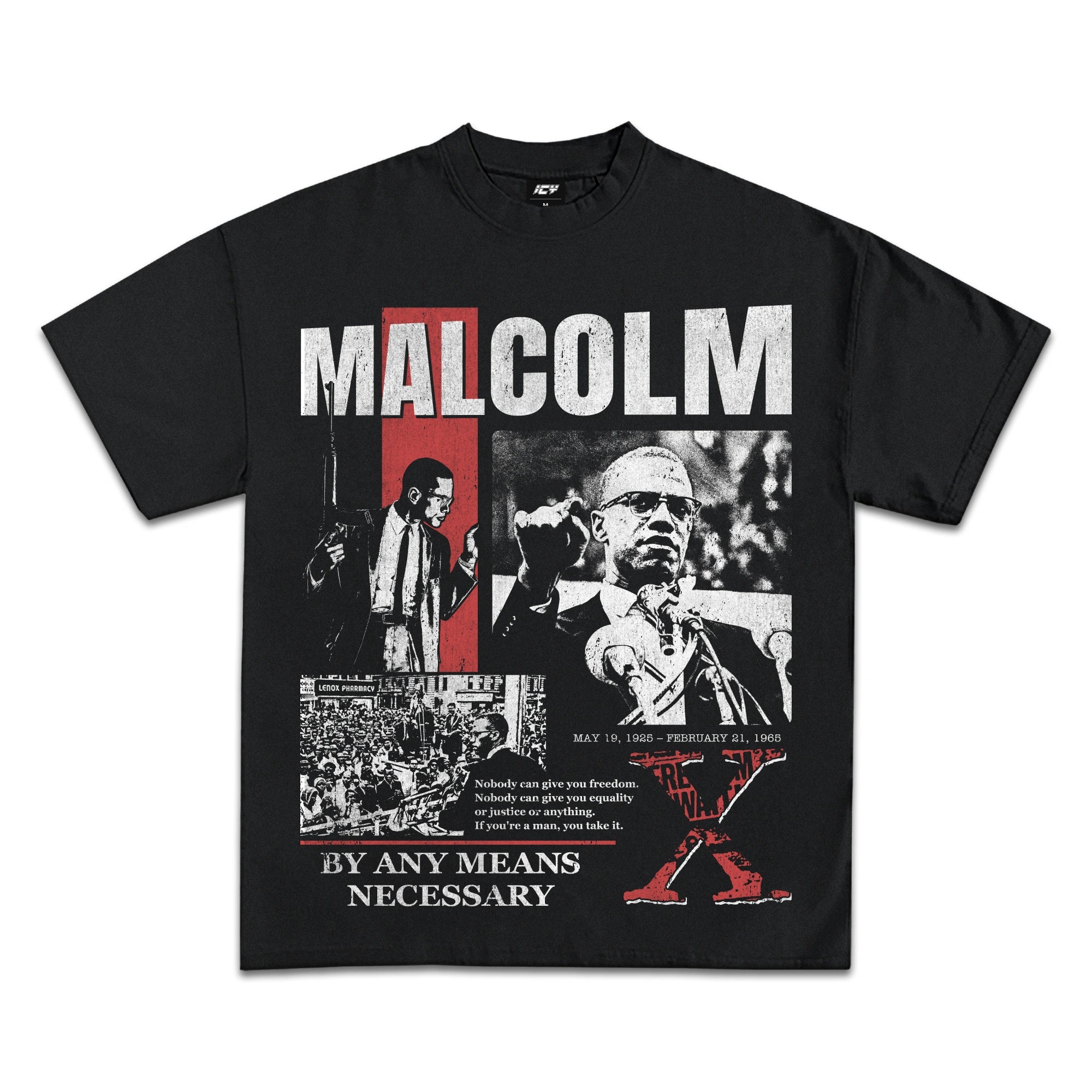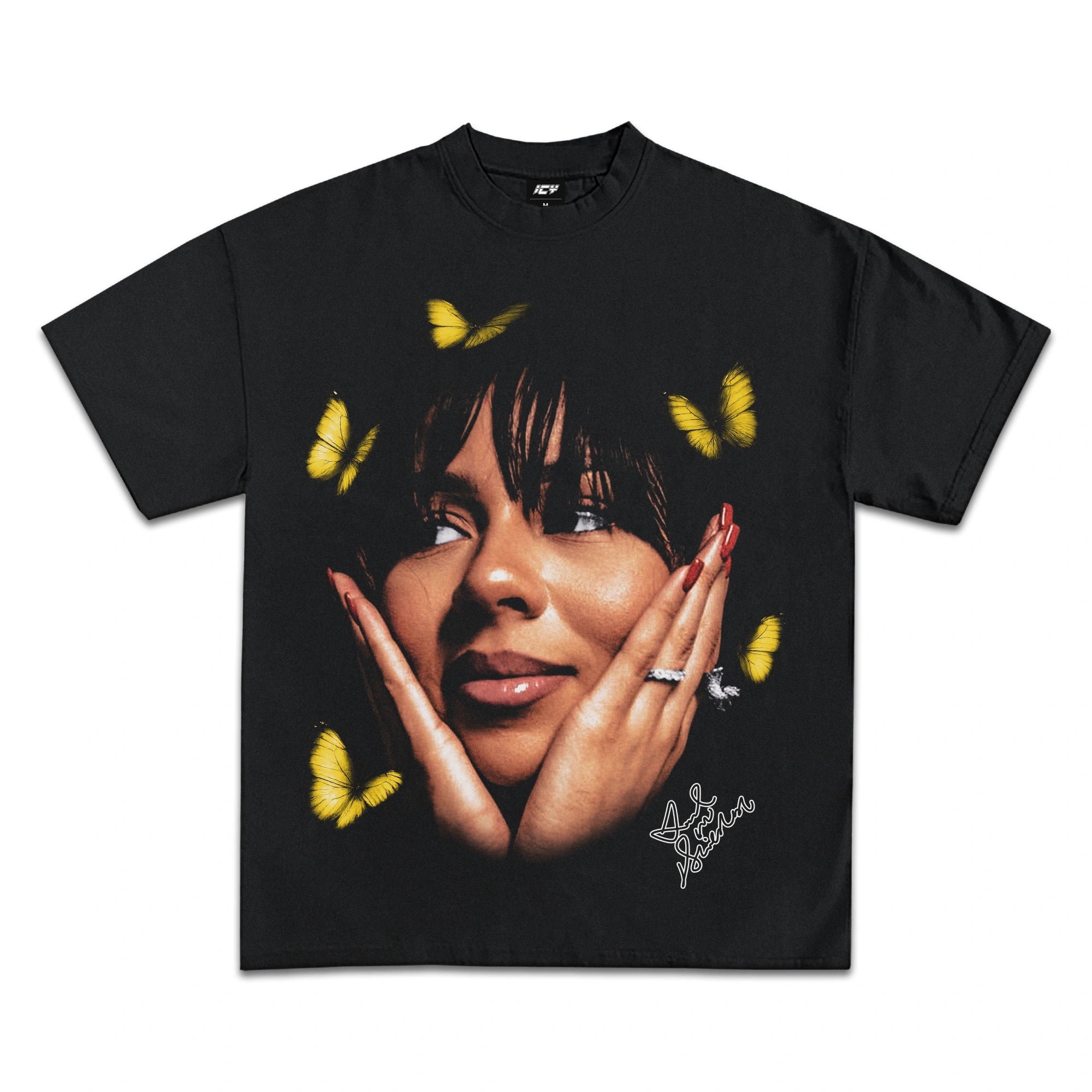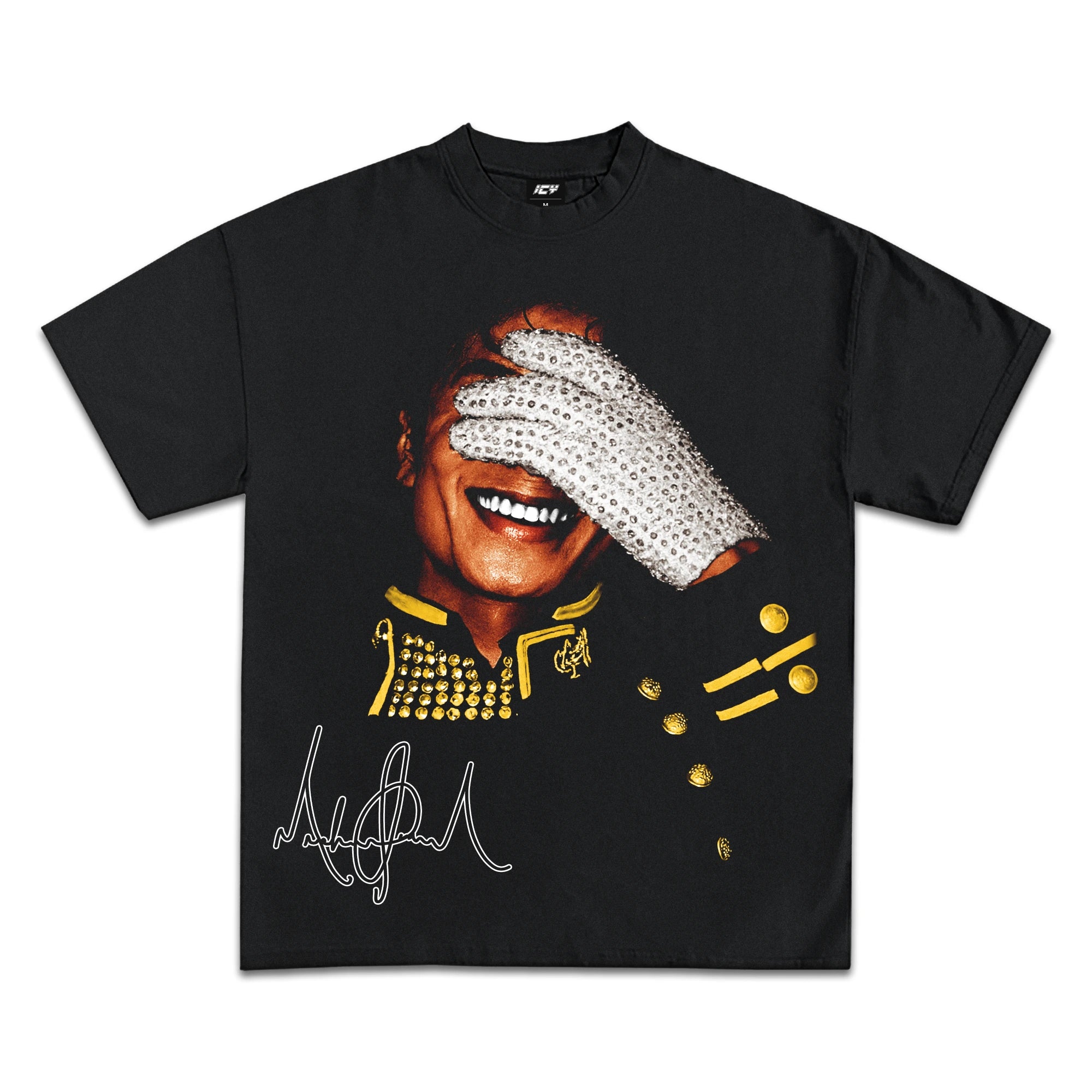Vybz Kartel Last Man Standing Graphic T-Shirt




Vybz Kartel Last Man Standing Graphic T-Shirt
- Regular price
- $40.00
- Sale price
- $40.00
- Regular price
- $50.00
Martin Luther King Jr. I Have a Dream Graphic T-Shirt




Martin Luther King Jr. I Have a Dream Graphic T-Shirt
- Regular price
- $28.00
- Sale price
- $28.00
- Regular price
- $40.00
Michael Jackson Afro Era Graphic T-Shirt




Michael Jackson Afro Era Graphic T-Shirt
- Regular price
- $28.00
- Sale price
- $28.00
- Regular price
- $40.00
Floyd Mayweather World Champion Graphic T-Shirt




Floyd Mayweather World Champion Graphic T-Shirt
- Regular price
- $28.00
- Sale price
- $28.00
- Regular price
- $40.00
Pray Like It’s Up To God Graphic T-Shirt




Pray Like It’s Up To God Graphic T-Shirt
- Regular price
- $36.00
- Sale price
- $36.00
- Regular price
- $45.00
God Thank You In Advance Graphic T-Shirt




God Thank You In Advance Graphic T-Shirt
- Regular price
- $31.50
- Sale price
- $31.50
- Regular price
- $45.00
Marilyn Monroe Some Like It Hot Graphic T-Shirt




Marilyn Monroe Some Like It Hot Graphic T-Shirt
- Regular price
- $28.00
- Sale price
- $28.00
- Regular price
- $40.00
Britney Spears Angel Era Graphic T-Shirt




Britney Spears Angel Era Graphic T-Shirt
- Regular price
- $28.00
- Sale price
- $28.00
- Regular price
- $40.00
Cristiano Ronaldo Manchester United Graphic T-Shirt
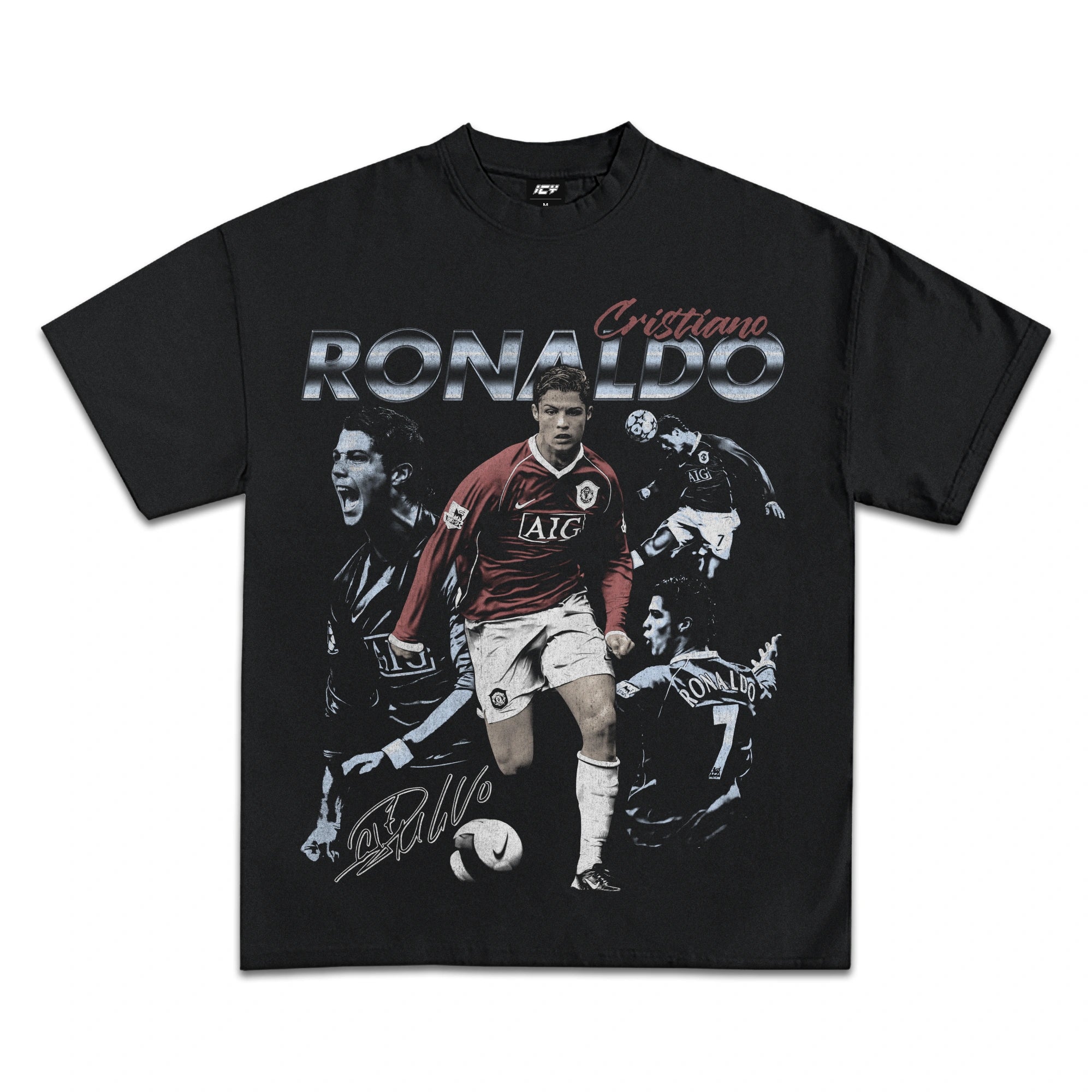



Cristiano Ronaldo Manchester United Graphic T-Shirt
- Regular price
- $32.00
- Sale price
- $32.00
- Regular price
- $40.00



































